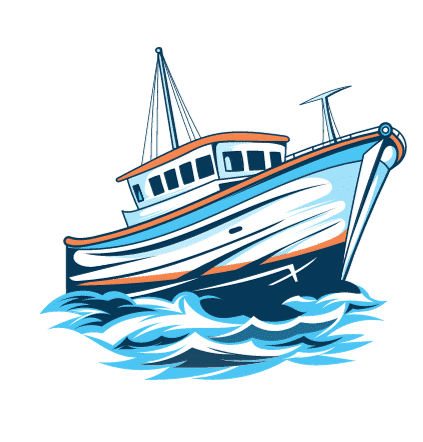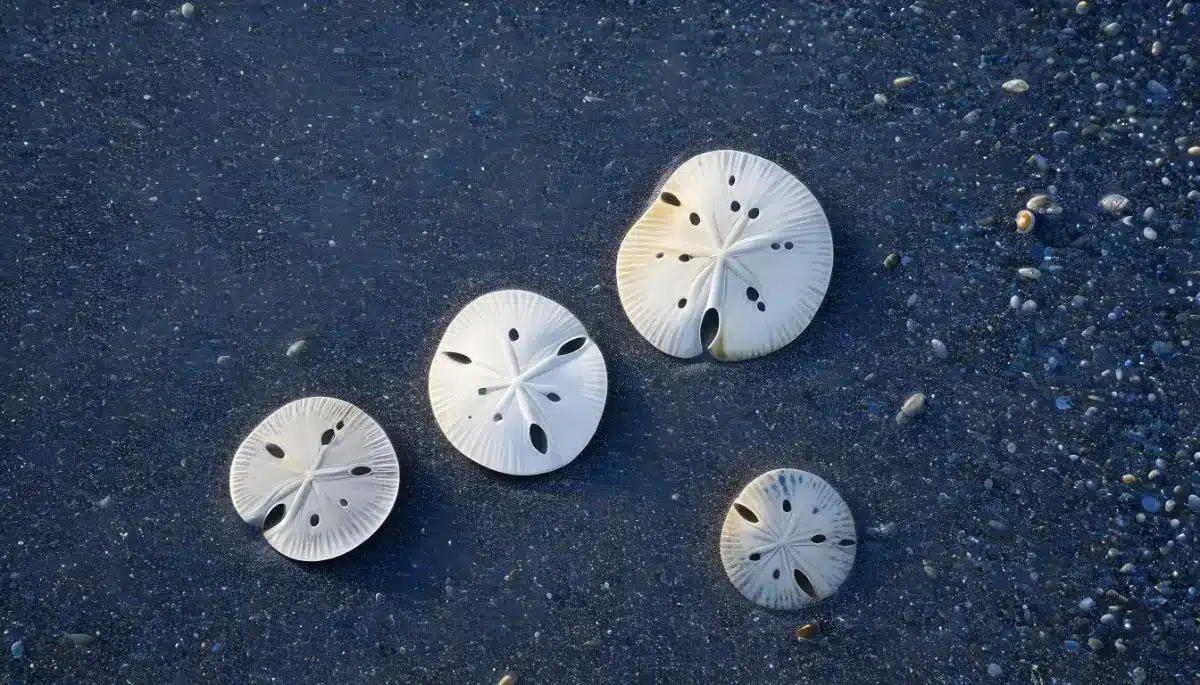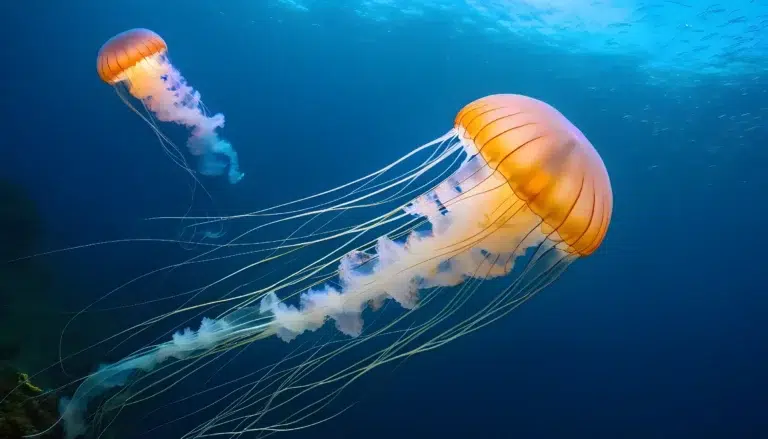9 Fascinating Facts About Sand Dollars
Sand dollars are often discovered on beaches, admired for their star-patterned skeletons. However, not many people are aware of how these creatures appear when they are alive. In reality, when these animals are alive, they look quite different from the bleached skeletons found in the sand after high tide. The sand dollar, also known as “sea biscuit” or “sand cake” in various parts of the world, is initially purple and covered in tiny hairs. These marine creatures belong to the Clypeastroida order and inhabit tropical and temperate waters in the Northern Hemisphere. Beyond their various nicknames, there are nine interesting things about sand dollars, including their unique way of eating.
1. Vibrant Life: The True Colors of Living Sand Dollars
Many folks encounter sand dollars only after they’ve passed away. The white “shells” you spot on the beach are actually their skeletons. When these marine creatures are alive, their color can range from a deep reddish-brown to a lively purple. Unlike the smooth texture of the skeletons often seen in gift shops, live sand dollars are covered in flexible bristles, called spines, which conceal their star design. When a sand dollar dies, its skeleton, known as the “test,” gets bleached by the sun, turning it white, and the small spines disappear.
2. Survival Challenge: The Brief Lifespan of Live Sand Dollars Outside Water
Taking live sand dollars from the beach is usually against the law in many states, but the rules differ when it comes to the remains of deceased organisms. It’s safest not to collect a sand dollar if you’re unsure whether it’s alive or dead. When they are alive, they can only endure being out of the ocean for a short period, typically just a few minutes. Sand dollars breathe through their distinctive “petals,” officially known as petaloids, which are a set of holes from which tube-like, breathing feet extend.
3. Kin of the Sea: The Connection Between Sand Dollars, Sea Stars, and Sea Urchins
Sand dollars belong to the class of marine animals called echinoids, which includes spiny-skinned creatures. They are considered “irregular” sea urchins due to their flat and burrowing nature, sharing many anatomical features with the more rounded sea urchins. These creatures are also related to other radially symmetrical animals, such as sea lilies, sea cucumbers, and sea stars (commonly known as starfish), although sea stars belong to a different class.
4. Alias Aficionados: The Numerous Nicknames of Sand Dollars
In the United States, the Echinarachnius parma species is commonly known as the “eccentric sand dollar” or simply “sand dollar” for brevity. The name comes from its resemblance to dollar coins, but it also goes by other names such as “sand cake,” “sea biscuit,” and “cake urchin.” In New Zealand, it is referred to as the “sea cookie” and “snapper biscuit.” In South Africa, people often call it a “pansy shell” because of its flower-like pattern.
5. Spine-tingling Dining: How Sand Dollars Employ Their Spines for Feeding
According to information from the Monterey Bay Aquarium, these sand-dwelling creatures sustain themselves by consuming crustacean larvae, small copepods, debris, diatoms, and microscopic algae.
To gather their food, sand dollars employ their spines, covered in minuscule and flexible bristles known as cilia. These cilia aid in moving food particles through the sand, across their prickly body surfaces, and into their central mouths located on their undersides. The Monterey Bay Aquarium says sand dollars store amphipods and crab larvae in a “small, teepee-shaped cone of spines” before eating them.
The sand dollar’s mouth is equipped with a jaw featuring five teeth-like sections for grinding, a process that can last for up to 15 minutes before swallowing. The digestion process itself may take as long as two whole days.
6. Purposeful Pores: Understanding the Role of Holes in Sand Dollars
What’s commonly observed on a sand dollar’s test is the distinct flower-like design—essentially, five sets of gas- and water-processing pores arranged in an attractive pattern, along with an equal number of oblong holes or slits. These openings, akin to body art, serve a crucial purpose when the echinoid is alive. Termed “lunules,” as per the Natural History Museum in London, they function as “pressure drainage channels,” preventing the sand dollar from being carried away by waves. Additionally, these lunules play a role in food harvesting.
In calm waters, sand dollars might stand upright with one end buried in the sand. However, when the water becomes turbulent, they tend to lie flat or burrow under the sand to anchor themselves. They’ve developed other strategies to stay in place, such as growing denser skeletons or ingesting sand to increase their weight and stability.
7. Close Quarters: Exploring the Crowded Living Spaces of Sand Dollars
Sand dollars aren’t particularly choosy about where they live. Despite having vast expanses of ocean available to them, they often cluster together in dense groups. According to the Monterey Bay Aquarium, it’s possible to find as many as 625 sand dollars in a single square yard (or three-fifths of a square meter). This tendency to congregate might be linked to their method of reproduction.
Sand dollars engage in “broadcast” or “group” spawning, which involves both males and females releasing eggs and sperm into the water simultaneously. The larger the group, the greater the likelihood of successful reproduction.
8. Predator-Resistant: The Few Threats Faced by Sand Dollars
Due to their hard skeletons and limited edible parts, sand dollars don’t have many predators. However, there are some creatures that are up for the challenge of consuming them. These include ocean pout, which are eel-like fish with wide, fleshy mouths, California sheepheads, starry flounders, and large pink sea stars. Interestingly, sand dollars are even vulnerable to predation by their own kind.
9. Age Rings: Decoding the Lifespan of Sand Dollars Through Growth Rings
Much like the rings on a tree stump that represent each year of its life, the growth rings on a sand dollar’s test plates also signify its age. The count of these rings corresponds to the body size, indicating that larger sand dollars are likely older. According to information from the Monterey Bay Aquarium, these disk-shaped, shell-like marine inhabitants can live for a span of six to 10 years.
Environmental Significance: Unpacking the Importance of Sand Dollars for Conservation and Nature Enthusiasts
- Ecosystem Understanding: Knowing the role of sand dollars in the ecosystem helps in understanding the intricate balance of marine environments. Their feeding habits and interactions contribute to the overall health of coastal ecosystems.
- Conservation Awareness: Recognizing the potential threats and vulnerabilities of sand dollars, such as overharvesting or habitat destruction, raises awareness about the need for conservation efforts. Protecting these creatures contributes to maintaining biodiversity.
- Educational Value: Learning about the unique features and behaviors of sand dollars adds educational value. It fosters a deeper appreciation for marine life and encourages a sense of responsibility to preserve and protect our oceans.
- Economic Implications: In areas where sand dollars are a part of local ecosystems, understanding their life cycle and ecological role can have economic implications. Sustainable practices can be promoted to ensure the long-term well-being of both the ecosystem and the communities dependent on it.
- Climate Change Indicators: Studying the lifespan and growth patterns of sand dollars may provide insights into the impact of environmental changes, including climate change, on these marine organisms. Monitoring their populations can serve as an indicator of the health of coastal ecosystems.



